In the rapidly changing landscape of Zomato Stock and quick commerce, one of India’s most powerful players has been Zomato. From being a restaurant discovery business, it has evolved into a leading online food delivery company, expanding into quick commerce: rapid delivery of groceries and essentials. Despite a scintillating show in 2024, during which the company’s stock price more than doubled, the latest reports suggest that Zomato may have to weather some turbulence ahead. Shares of Zomato tumbled 5% on January 7, 2025, after global brokerage firm Jefferies downgraded the stock from ‘buy’ to ‘hold’. The reason was rising competition in the quick commerce space and concerns over the sustainability of its rapid growth.
Zomato Stock Stellar 2024: A Roller Coaster Ride
In terms of its stock price, 2024 has been quite an impressive year for Zomato Shares of the company have more than doubled in value, increasing over 100%, and have thus reached new highs. This stellar growth was due to the company’s strong execution, an increase in penetration in the Indian market, and the growing demand for food delivery and quick commerce services in the country.
However, analysts have been cautious, indicating that the parabolic rise in Zomato’s stock might face a price consolidation period. The meteoric rise in its stock value in 2024 might now be followed by a breather year in 2025, during which growth might slow as the company faces multiple headwinds.
Jefferies Downgrade: Why the Caution?
Jefferies is one of the top investment banks worldwide, and it recently lowered its recommendation for Zomato’s stock from ‘Buy’ to ‘Hold’, considering that the level of competition is high in quick commerce. It triggered a ripple effect in the market, which caused Zomato’s stocks to decline by 5% in the initial trading session of January 7, 2025.
It raised several pertinent concerns that will have a considerable bearing on the prospects of Zomato going forward:
1. Increasing Competition in Quick Commerce
Quick commerce is the new term for ultra-fast delivery of products such as groceries, medicines, and essentials within minutes of ordering. Zomato has aggressively entered this space through its acquisition of the quick-commerce startup Blinkit to leverage its infrastructure to capture a larger market share.
Jefferies thinks that the competitive landscape of quick commerce is heating up and several players will be trying to take pole position. Companies such as Swiggy, Amazon, and Zepto are expanding their play in quick commerce which seems to pose an existential threat to Blinkit of Zomato. For instance, Swiggy’s Instamart has quickly gained presence while a newer entrant, Amazon adds further pressure on its competition.
This increasing competition, in the short term, might increase discounting and aggressive pricing, which might be detrimental to the profitability of Zomato in the medium term. In a price-sensitive market such as India, Zomato may have to cut its margins to compete with others; this would further damage its bottom line.
2. Valuation and Price Consolidation
Despite the risks of competition, Jefferies noted that the stock of Zomato isn’t “grossly overpriced.” However, the brokerage downgraded its price target by 18%, from Rs 335 to Rs 275. This is because the brokerage believes 2025 will be a period of price consolidation in which the shares of Zomato would rather stabilize than surge further.
Price consolidation is common after a big run-up in stock prices, especially when the market expects the company to face increasing competition, regulatory pressures, and higher operating costs. The brokerage believes that the growth of Zomato in 2025 will not be as explosive as seen in 2024 when the company adjusts to the changing competitive landscape.
3. Lower EBITDA and Profitability Estimates
To align with the downgrade, Jefferies has also lowered its EBITDA (Earnings Before Interest, Taxes, Depreciation, and Amortization) estimates for Zomato. It has cut Blinkit’s EBITDA estimate for FY26-27 and lowered the target multiple for Blinkit to 6x. For Zomato, as a whole, Jefferies lowered its EBITDA estimates by 12% for FY26 and 15% for FY25. Profit growth has been downgraded and decreased by 17% in FY26 and 18% in FY27. Earnings Per Share (EPS) is expected to drop by 20% in FY26 and 21% in FY27.
All these downgraded numbers show that the analysts have turned a little sceptical regarding the firm’s potential for continued fast-paced growth in tandem with its drive to make a profit, mainly at the back of increasing competition and operational challenges.
Contrasting Views: Morgan Stanley’s Positive Outlook
While Jefferies sounded cautious, not all analysts are bearish on the prospects of Zomato. The investment giant Morgan Stanley, which has an ‘Overweight’ rating on Zomato, has even set a price target of Rs 335 for the stock. According to the firm, the company has addressed some of the most significant concerns for its optimism about the stock.
1. Focus on Profitability
Morgan Stanley remains confident in Zomato’s ongoing focus on improving profitability. While competition is intensifying, Zomato’s track record of managing costs effectively and expanding its customer base positions it to continue growing even in the face of challenges. The company has made significant strides in improving its financial metrics, and Morgan Stanley expects this trend to continue over the next few years.
2. Improving Growth Visibility
Morgan Stanley also views the improving visibility in Zomato’s growth trajectory. Although headwinds prevail in quick commerce, Zomato’s core business—food delivery—is doing very well. The consistent growth in monthly active users, expanding delivery network, and higher order frequency are some factors that support the growth potential of the company. The company’s solid execution in food delivery, along with its strategic foray into the quick commerce space, positions Zomato for a 33% revenue compound annual growth rate (CAGR) over FY25-27, according to Morgan Stanley’s estimates.
3. Top Pick in India’s Internet Sector
Morgan Stanley has also identified Zomato as one of its top picks within India’s internet sector. The company believes that it can navigate this competitive landscape, and the firm sees long-term growth potential. Morgan Stanley feels that Zomato will continue to invest smartly in technology and infrastructure, thereby maintaining leadership in the online food delivery market.
The Quick Commerce Space: Challenges and Opportunities
The quick commerce sector is one of the most rapidly growing segments of the e-commerce and food delivery industry. As consumers demand faster delivery times and greater convenience, companies like Zomato, Swiggy, and Amazon have stepped up their efforts to meet these needs. However, the quick commerce space is highly competitive, and Zomato is facing a slew of challenges from well-funded competitors.
Competitive Pressures
The entry of new players as well as expansions from existing players would mean working even harder on market share, considering that Blinkit is the market leader for quick commerce and still needs to have some differentiation on a platform. However, when such platforms are gaining, it cannot forget the emergence of competitors with a similar promise: Swiggy’s Instamart or Zepto offering instant delivery, thus making this one of the risks for profit to investors.
In addition to competition, there are regulatory risks involved in Zomato’s operations. The food delivery and e-commerce sectors face dynamic regulatory requirements in data privacy, taxation, and competition, which could pose risks if negative regulatory changes arise and hinder Zomato’s ability to function seamlessly.
Yet, Zomato has been relatively resilient in addressing the challenges arising from regulations and has managed to stay adaptable to changing market dynamics.
Conclusion: Zomato’s Future Scenario
The Zomato stock has been particularly volatile lately as its share prices surged in 2024 but then headed into pressure in early 2025 due to the downgrade by Jefferies. Since then, the company has had operating challenges in terms of increasing competition and regulatory pressures, but it boasts some critical strengths in executing its business strategy, which has such a large user base, with a focus on profitability that continues.
The next few months are going to be crucial for investors in determining the short-term growth prospects of Zomato. While Jefferies has sounded cautionary, citing a potential price consolidation phase in 2025, Morgan Stanley remains optimistic, believing that Zomato’s solid track record and improving growth visibility will drive long-term value.
In the near term, investors will need to see how Zomato can navigate the intensely competitive quick commerce space and how the company can keep profitability up while controlling costs well. How the company can leverage its strong market presence, innovate in new areas, and execute its strategy well will decide whether it is a success within the fast-paced and highly competitive Indian e-commerce and food delivery market over the long haul.
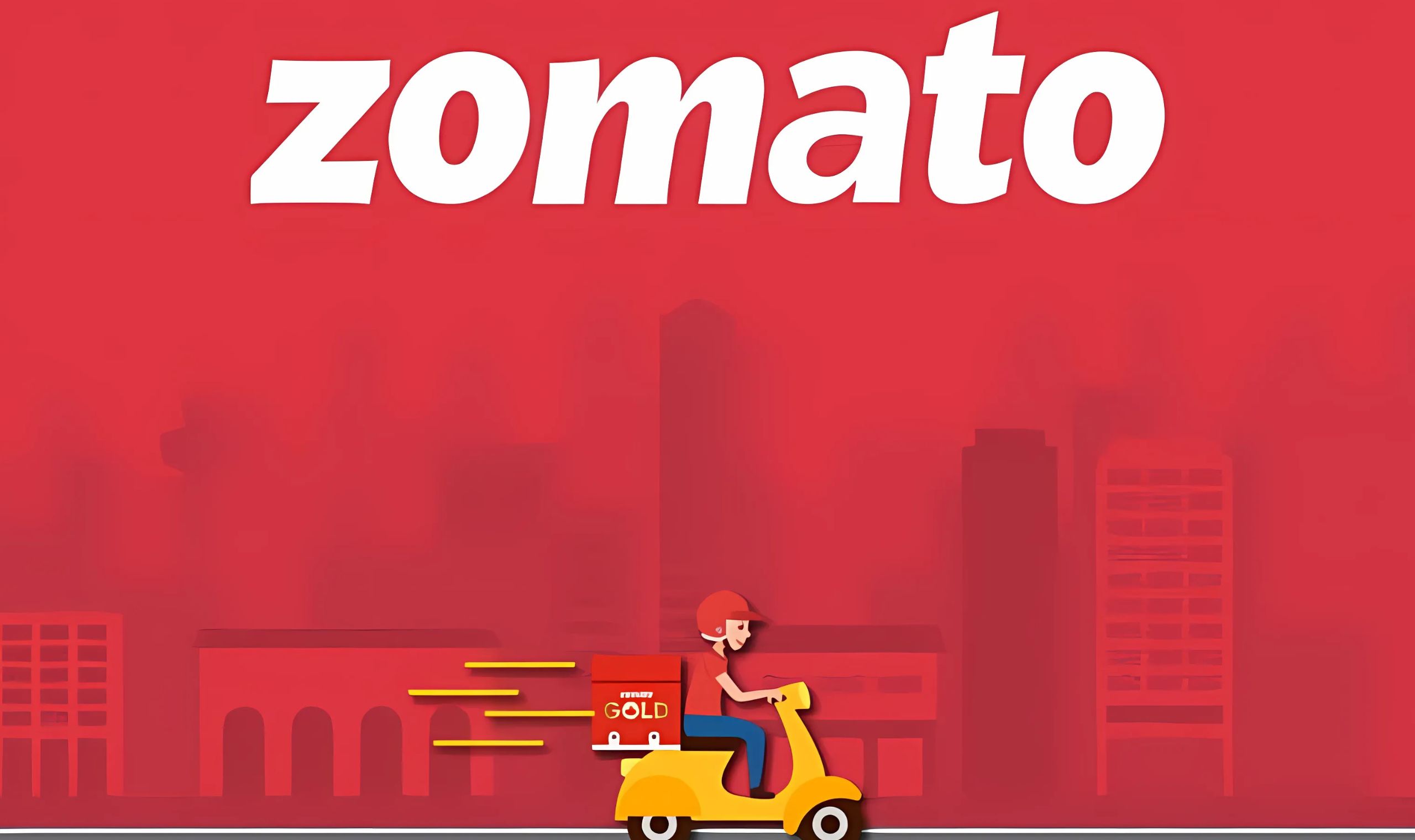



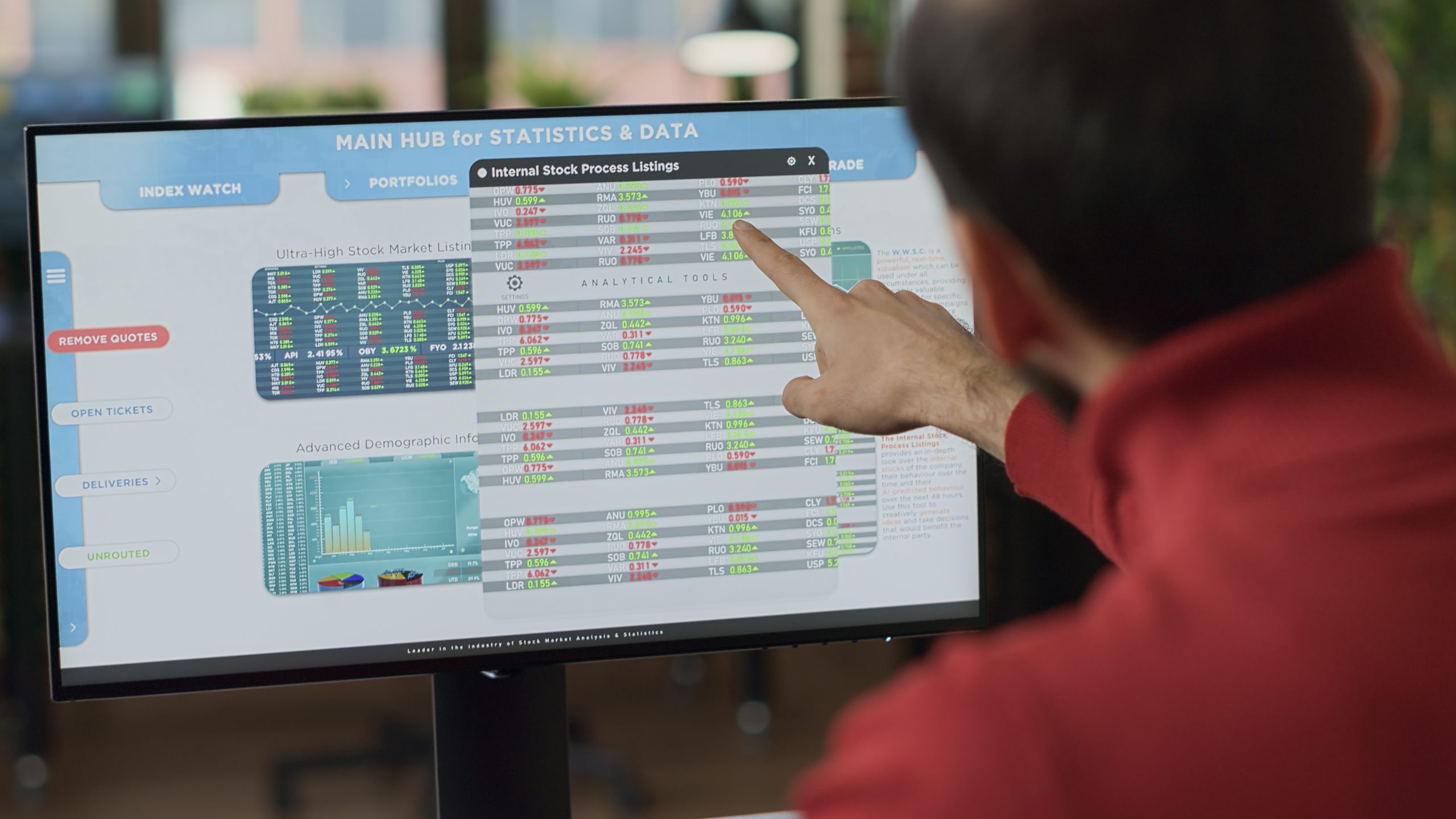


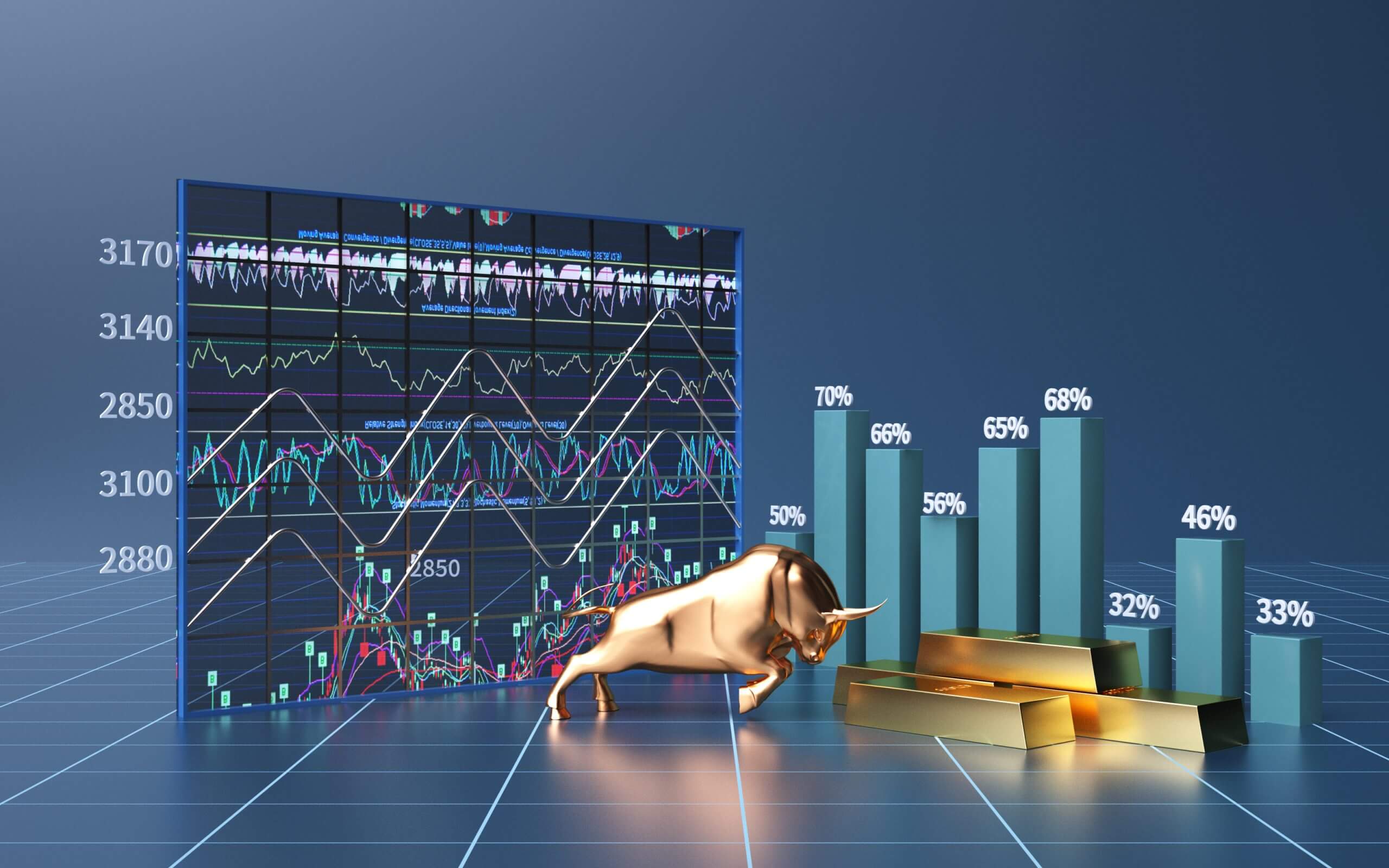


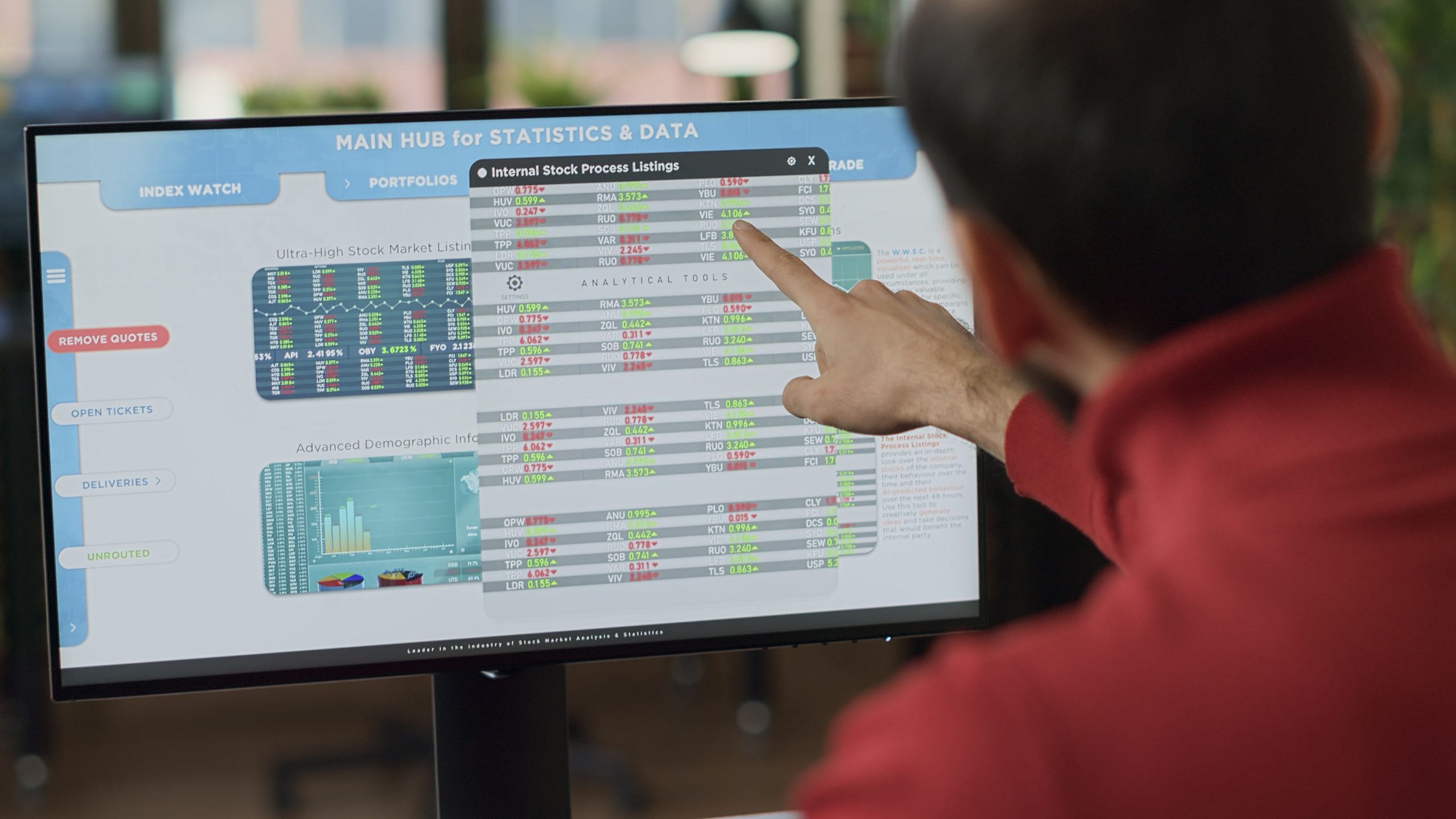



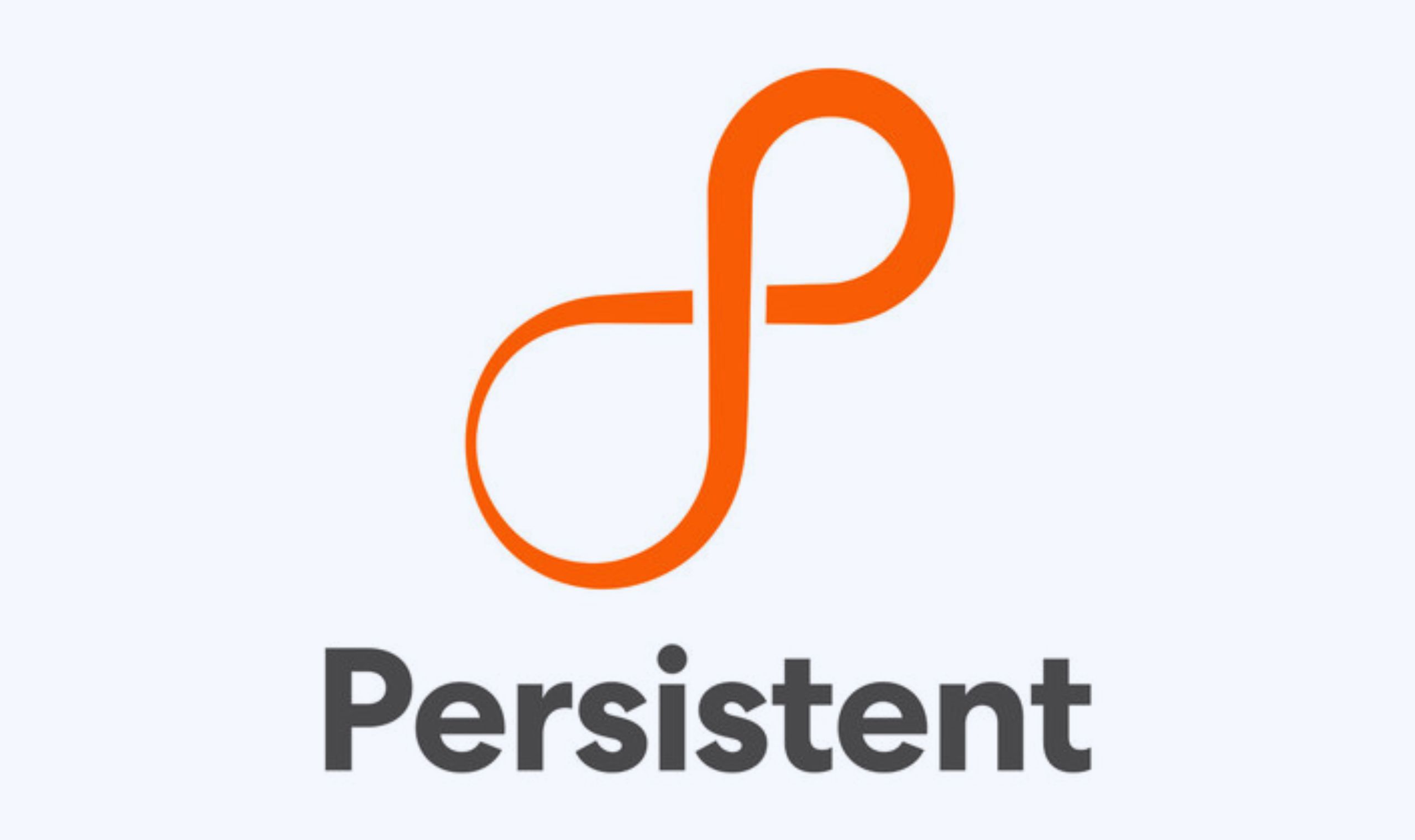
0 Comments